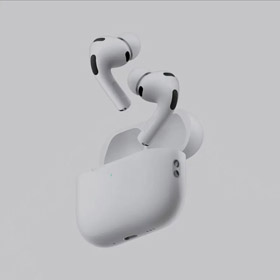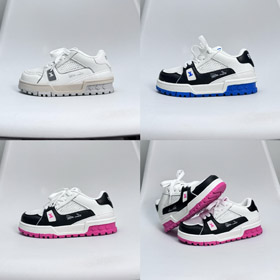Origins of a Fashion Legend
Founded in 1856 by Thomas Burberry, a 21-year-old apprentice draper, Burberry began as a small outfitter in Basingstoke, England. Initially focused on outerwear, the brand gained traction for its durable and weatherproof designs. By 1879, Burberry had invented gabardine, a revolutionary breathable, waterproof fabric that became the cornerstone of the brand’s early success.
The iconic trench coat, originally designed for British military officers during World War I, remains one of Burberry’s most recognizable creations. Featuring elements like D-rings and a storm shield, this practical yet stylish garment cemented Burberry’s reputation for blending functionality with elegance.
The Signature Check and Global Expansion
In the 1920s, the now-famous Burberry check—a camel, black, red, and white plaid—was introduced as a lining for trench coats. By the 1960s, the pattern had become synonymous with British heritage, adorning scarves, umbrellas, and luggage. However, overexposure in the 1990s led to a temporary decline, prompting the brand to revamp its image under new leadership.
Under CEO Angela Ahrendts and Creative Director Christopher Bailey, Burberry embraced digital innovation in the 2000s. The brand livestreamed runway shows, leveraged social media, and reintroduced the check pattern in limited quantities to reignite exclusivity. This strategic shift repositioned Burberry as a modern luxury powerhouse.
For a detailed comparison of Burberry’s current product lines, check out this Burberry product spreadsheet, which highlights key collections and pricing trends.
Burberry Today: Balancing Heritage and Innovation
Today, Burberry continues to navigate the delicate balance between tradition and contemporary appeal. Under current Creative Director Daniel Lee, the brand has evolved its aesthetic with bold redesigns of classic motifs, such as the Knight logo and the reinterpretation of the check in unexpected colorways.
Notably, Burberry has committed to sustainability, pledging to become carbon-neutral by 2040 and incorporating eco-friendly materials. This forward-thinking approach ensures the brand remains relevant in an increasingly conscious consumer market.
From wartime trenches to high-fashion runways, Burberry’s ability to adapt while honoring its heritage underscores its enduring allure. As it embraces new technologies and values, the brand remains a quintessential symbol of British luxury.




















